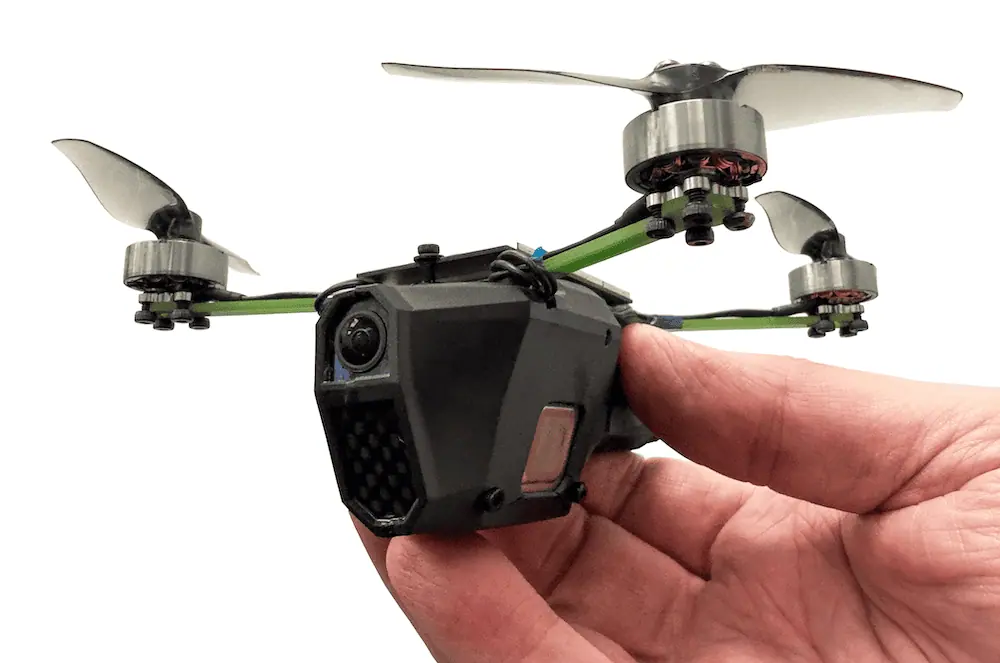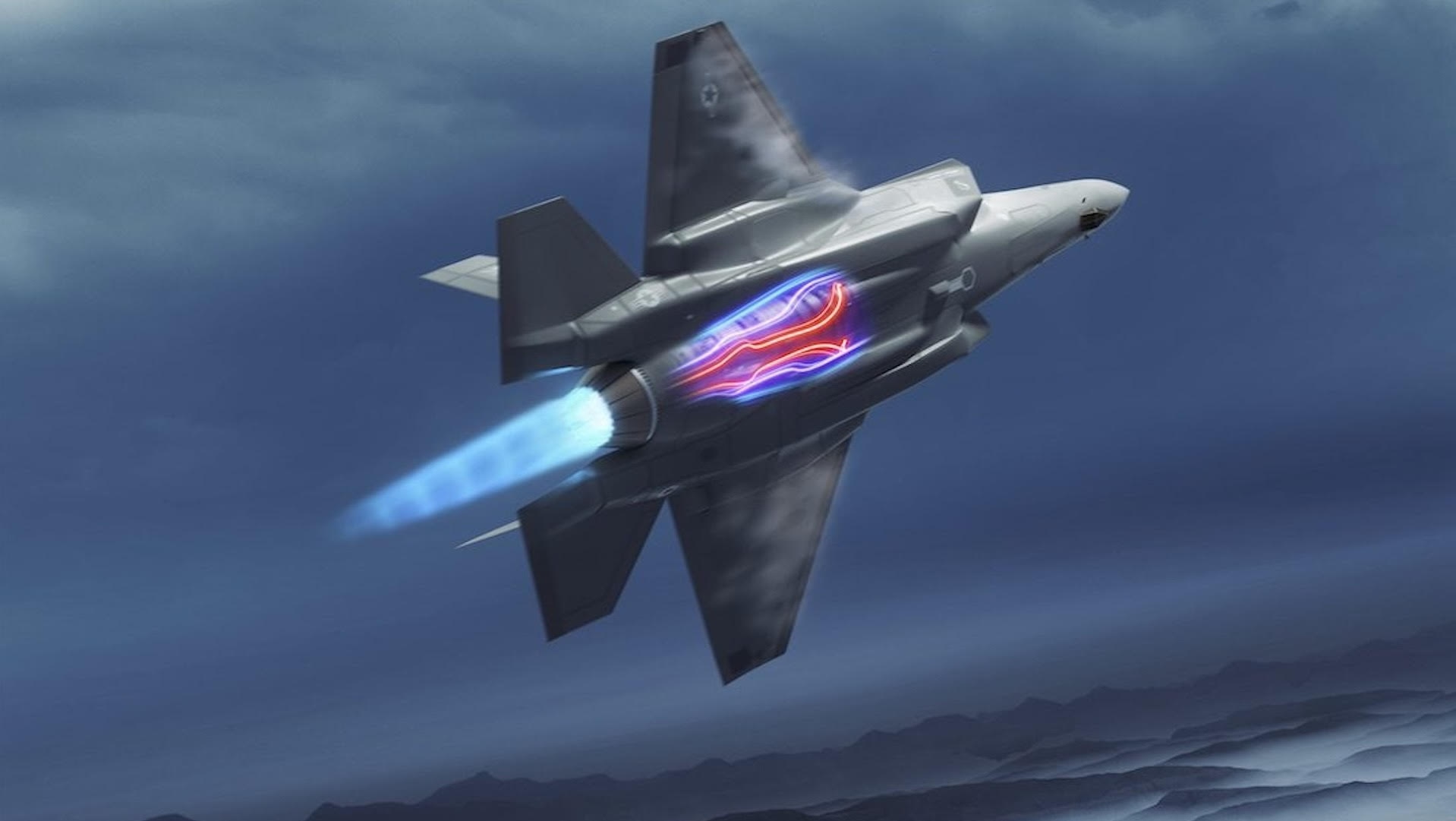SOURCE: RAUNAK KUNDE / NEWS BEAT / IDRW.ORG


In a significant leap for India’s defense technology landscape, the Bengaluru-based Aeronautical Development Establishment (ADE), a premier laboratory under the Defence Research and Development Organisation (DRDO), is developing a groundbreaking kamikaze drone variant codenamed SWiFT-K. According to aerospace journalist Anantha Krishnan M, this platform, developed in partnership with Indian industry, marks India’s first foray into kamikaze drones, designed to operate at 0.6 Mach with autonomous high-speed stealth capabilities.
The SWiFT-K project underscores India’s push towards self-reliance in defense innovation, particularly in countering advanced air defense systems, and highlights the growing role of indigenous R&D in shaping the future of warfare.
Continue readingSOURCE: RAUNAK KUNDE / NEWS BEAT / IDRW.ORG


In a significant capability enhancement for its frontline fighter fleet, the Indian Air Force (IAF) has begun arming its MiG-29UPG and Su-30MKI aircraft with the latest Russian-origin RVV-SD (Product 170-1) beyond-visual-range (BVR) air-to-air missiles. These new-generation missiles are a major upgrade over the legacy R-77 (RVV-AE) missiles, which have been widely used but are now considered technologically outdated.
The RVV-SD features cutting-edge multichannel homing systems and incorporates the latest digital technologies, advanced materials, and high-performance components, enabling it to outperform previous models across multiple parameters. Key improvements include extended range, improved accuracy and target acquisition probability, greater resistance to jamming, and the ability to operate in all-weather, all-climate conditions—day or night.
Continue readingSOURCE: RAUNAK KUNDE / NEWS BEAT / IDRW.ORG


In a significant step toward self-reliance in defence technology, Chennai-based Zuppa Geo Navigation Technologies has received field-level validation from the Indian Army for its Ajeet Mini drone. This micro-category surveillance drone, designed for tactical reconnaissance missions, underwent rigorous trials by a Mountain Brigade in high-altitude terrain earlier this week, meeting key performance parameters and earning the Army’s nod. The development, announced on May 11, 2025, marks a potential turning point in India’s push to build a sovereign defence ecosystem and reduce reliance on foreign imports.
The Ajeet Mini, a compact unmanned aerial vehicle (UAV), is built around Zuppa’s proprietary patented autopilot system. It features a fully indigenous cyber-physical stack, including in-house firmware, command protocols, and ground control software. “We’ve developed the entire stack ourselves—hardware, software, structural components, and the control systems,” said Sai Pattabiram, founder of Zuppa. The drone’s validation followed field trials that demonstrated its effectiveness in challenging environments, a critical requirement for operations along India’s rugged borders.
Continue readingSOURCE: AFI


In a compelling discussion on Republic TV, Mr. Baba Kalyani, Chairman and Managing Director of Bharat Forge, emphasized the Indian industry’s commitment to investing in cutting-edge technology and developing advanced weapon platforms. He underscored the critical need for industry consortia to drive the development of indigenous aero engines, stating, “Indian Industry committed to invest in #technology and developing advanced weapon platforms.
Industry Consortia, a must, to develop #MadeinIndia Aero Engines.” This bold vision, articulated on a prominent national platform, highlights the strategic importance of self-reliance in India’s defense sector, particularly in the high-stakes domain of aero engine technology. As India aims to bolster its aerospace capabilities amid escalating regional tensions, Kalyani’s call for collaborative innovation signals a transformative shift in the country’s defense industrial ecosystem.
Continue readingSOURCE: AFI


In the complex arena of global geopolitics and defense procurement, narratives can be as potent as weapons. Recent reports from Russian Times (RT), a state-backed Russian media outlet, have stirred controversy by amplifying unverified claims about the French-made Rafale fighter jet’s alleged poor performance in a supposed India-Pakistan aerial clash.
These reports, which align closely with Pakistani narratives, have fueled doubts about Indonesia’s $8.1 billion deal to procure 42 Rafale jets from France’s Dassault Aviation. Simultaneously, RT has been promoting Russia’s Su-57E, a fifth-generation stealth fighter, as a superior alternative for nations like India and potentially Indonesia. This raises questions about RT’s motives: is it a neutral observer or a strategic player pushing Russian interests under the guise of journalism?
Continue readingSOURCE: AFI


On May 19, 2025, the Indian Army Air Defense (AD) showcased its vigilance and precision by successfully intercepting and shooting down a Turkish-made drone sent by Pakistan. The drone, which bore the provocative message “From Janbazan-e-Murid with love,” was detected crossing into Indian territory, prompting a swift response from the Army’s air defense units.
The Indian Army acted decisively, neutralizing the unmanned aerial vehicle (UAV) before it could carry out any potential threats. Upon inspection, the wreckage revealed that the drone was carrying explosives, indicating a possible intent for a hostile operation. The Army’s bomb disposal teams safely removed the explosives, averting any danger to personnel or infrastructure.
Continue readingSOURCE: AFI


Indian Army issued a Request for Information (RFI) for the procurement of Nano Drones, marking a strategic move to enhance its intelligence, surveillance, and reconnaissance (ISR) capabilities. These drones, weighing a mere 250 grams, are specified to have an operational range of 2 kilometers and an endurance of 30 minutes, making them ideal for tactical missions in challenging environments.
The RFI aligns with the Army’s ongoing efforts to modernize its arsenal under the “Buy (Indian)” category, emphasizing indigenous development as part of the “Atmanirbhar Bharat” initiative. The lightweight drones are expected to support special missions, including counter-insurgency, counter-terrorism, and border security operations along the Line of Control (LoC) and Line of Actual Control (LAC). Equipped with GPS-aided and vision-aided navigation, these nano drones can operate in GPS-denied areas, ensuring versatility in diverse combat scenarios.
Continue readingSOURCE: PIB
GCNX.jpg)

The 8th meeting of the India-US Joint Working Group on Aircraft Carrier Technology Cooperation (JWGACTC), constituted under the auspices of the India – US Defence Technology and Trade Initiative (DTTI), was organised in India from 13 to 16 May 2025.
A six-member US delegation headed by RAdm Casey Moton, Programme Executive Officer (PEO), Aircraft Carriers visited various defence establishments in Delhi and Goa.
Continue readingSOURCE: IANS


As India and Russia continue to deepen defence cooperation, the effectiveness of ‘Made in India’ defence equipment was decisively proven during Operation Sindoor against Pakistan, Vinay Kumar, the Ambassador of India to Russia, said in an interview to a Russian publication.
“Our relations have even deepened recently. We not only buy and sell military equipment, but also engage in joint development and production of defence products. Equipment manufactured in India, including BrahMos (a supersonic anti-ship missile of joint Russian-Indian production), has repeatedly proven its effectiveness, including during the period from May 7 to 10. Therefore, I believe that our relations in this area will only develop,” Ambassador Vinay Kumar told Izvestia in an interview.
Continue readingSOURCE: IANS


The Rafale fighter jets supplied by France are not just cutting-edge defence platforms — they now stand as soaring symbols of a time-tested friendship and strategic trust between India and France, New Delhi told a visiting delegation of the French Senate on Tuesday.
In a meeting with the Parliamentary Standing Committee on External Affairs, chaired by Congress MP Shashi Tharoor, the French delegation – led by Senate Vice Chair Catherine Dumas – expressed unequivocal solidarity with India in the aftermath of the Pahalgam terror attack, affirming Paris’s support for India’s fight against cross-border terrorism.
Continue readingSOURCE: GE


Inside GE Aerospace’s sprawling headquarters campus outside Cincinnati, Ohio, engine parts of all shapes and sizes are neatly organized and categorized, filling up a secure room. It’s a standard practice anytime a new jet engine is developed and tested — you build it, test it, and take it apart.
The purpose of the exercise is to allow the engineers to perform an in-depth analysis on each piece of hardware they designed. They watched their hardware produce mountains of promising performance data during testing, but does the state of the physical part match it?
Continue readingSOURCE: IANS


In an unprecedented move after India’s hard-hitting Operation Sindoor targetting the terror infrastructure deep inside Pakistan post Pahalgam massacre, the Pakistan Cabinet chaired by Prime Minister Shehbaz Sharif on Tuesday announced its decision to promote the Chief of Army Staff (COAS) General Asim Munir to the rank of Field Marshal.
“The government approved the promotion of COAS General Munir to the rank of Field Marshal for ensuring the security of the country and defeating the enemy via best strategy and courageous leadership during ‘Operation Bunyan-um-Marsoos’,” Geo News reported, adding that General Munir has been rewarded for his “brilliant military leadership, bravery, and commitment to defending Pakistan’s sovereignty and territorial integrity”.
Continue readingSOURCE: IANS


In what is being described as Pakistan’s most ambitious promotional stunt, General Asim Munir has now been elevated to the rank of Field Marshal — the highest military title in Pakistan, previously held only by Ayub Khan, who famously lost the 1965 war against India.
And if history is any guide, this may be less of a promotion and more of a jinx. As one X user said, “He is the second Field Marshal of Pakistan. The first was Md. Ayub Khan, who was defeated by India in 1965. History repeats itself.”
Continue readingSOURCE: PTI


The Army said on Tuesday that no air defence guns or any other air defence resources were deployed within the Golden Temple premises during Operation Sindoor. The assertion came in the wake of reports that the Golden Temple management had allowed the Army to deploy the air defence guns within the shrine to counter potential drone and missile threats from Pakistan.
“Some media reports are circulating with respect to deployment of AD (air defence) guns in the Golden Temple. It is clarified that no AD guns or any other AD resource was deployed within the premises of Sri Darbar Sahib Amritsar (Golden Temple),” an Army statement said.
Continue readingSOURCE: IANS


Haryana YouTuber Jyoti Malhotra, arrested on charges of alleged espionage for Pakistan, had also filmed Munabao railway station near the Indo-Pakistan border in Barmer, Rajasthan. On January 1, 2024, Jyoti posted a 24-minute video showcasing her train journey from Barmer to Munabao, where she reportedly revealed strategic maps, station details, proximity to military installations, and distances from the international border—information considered sensitive from a national security standpoint.
Officials have said that administrative clearance is mandatory for filming in Munabao, and it is currently under investigation whether she obtained any such permission.
Continue reading